|
+Advanced Pro/SURFACE Level 2A Workshop 'air forms'
Course Duration: 16 Hours
Tuition: $1200.00 US
Overview: Discuss different surfacing
styles and techniques using air forms as examples. Work with curve from
points of . Learn to create and modify conics, splines, & curves with
respect to air forms. Learn to use critical math surfaces with confidence
in this workshop.
Prerequisite: Design Engine Level 1 Surface
Workshop.
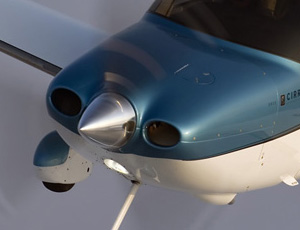
Topics:
- Learn to use mathmaticly critical curves and surfaces.
- Learn to use conics and discuss strength of using conics over splines.
- Review Manipulate a curve through points using nurbs modeling techniques
(TWEAK).
- Lean to use trajpar Variable to dirve critical math using air form
examples.
- Create Transition areas. That geometry that joins wings to fuselage
that are not as math critical.
- Utilize new skill sets to smooth out solid material from problem areas
and to force rounds in transition areas..
- Building more robust curves and surfaces.
- Learn a workflow to use offset surfaces instead of the shell feature
command.
- Eliminate isoparms (what PTC calls isolines) and discuss tangency
issues.
- Learn about striation or flow of surface.
- Manage concavity and discuss terminology with exampels that aircraft
designers utilzie to communicate form.
- Learn inherent issues and problems with 3 part boundaries
- Discuss modeling techniqe for creating Nasells and inlet areas for
jet engines.
- Learn to use critical math surfaces with confidence in this class.
- Learn to utilize copy geometry to make for clearance of critical internal
features. Utilize a workflow for managing clearace issues when desinging
with surfaces.
- Learn to use the NACA aerofoils generator for later import into Pro/ENGINEER
for wing developments.
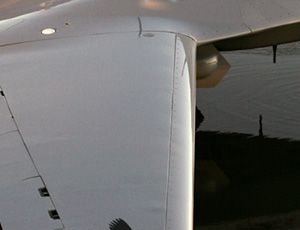
critical surface geometry created from specific cross sectional geometry.
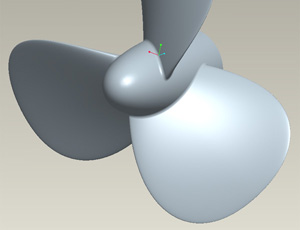
Critical surface geometry that is drivin from trajpar variables for mathamaticly
correct geometry.
Discussions:
- First and briefly discuss what you did not learn in PTC surfacing
workshops
- Discuss light reflections from a ground threat radar perspective.
- Discuss building robust curves and benefits there of
- Discuss the history of NACA and NASA and look at NACA forms as modeling
challenges and discuss workflow issues for incorporating compartments.
- Compare other surface modeling software utilities to Pro/SURFACE
- Discuss leading edge, angle of attak, realatvie wind and cord length
as related to modeling airfoils with Pro/SURFACE.
- Discuss varius tecniqes fcr bringing in points from a spread sheet.
making a wing cross section.
- Discuss proper technique for letting others to follow understand your
approach to surface modeling.
- Discuss modifying other designers models.
- Discuss in detail surface analysis tools and discuss practical uses
with examples.
- Discuss in detail techniques for avoiding 3 part boundaries and discover
why expert surface modelers do not use 3 part boundaries. (even masters
of surfacing for reverse engineering)
- Discuss creating lofts betwee varius cross sections with examples
using airforms as examples.
- Discuss ergonomic forms for creatign hand controls as examples.
- Discus nacelle modeling challenges.
-
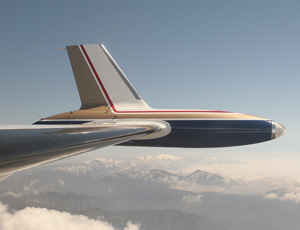
instruments reside inside this nacelle housing. In this modeling challenge
participants will discuss plan of attack for tackleing clearnance and
modeling issues.
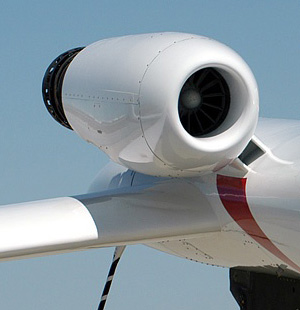
rear mounted nascell
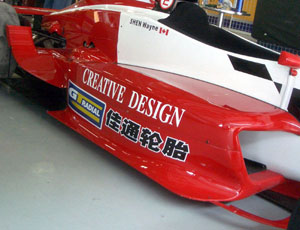
inlets on a forumula one racecar.
|